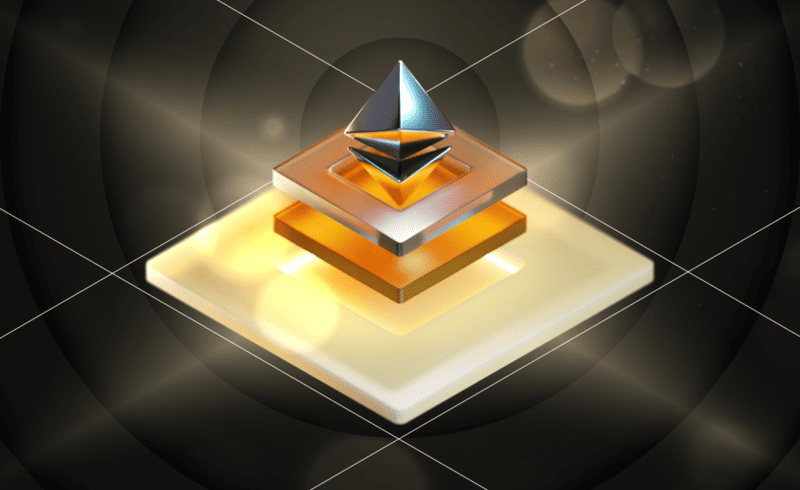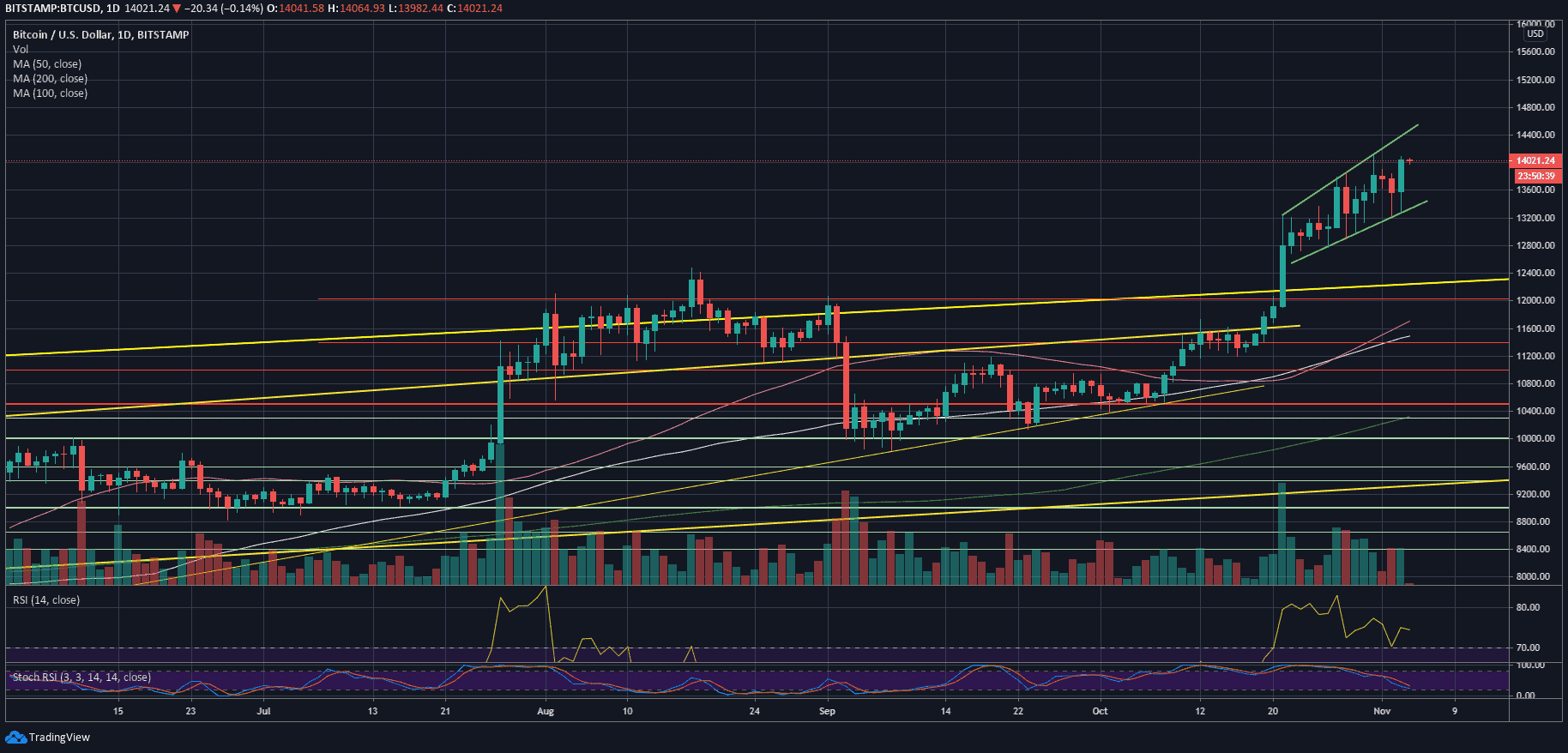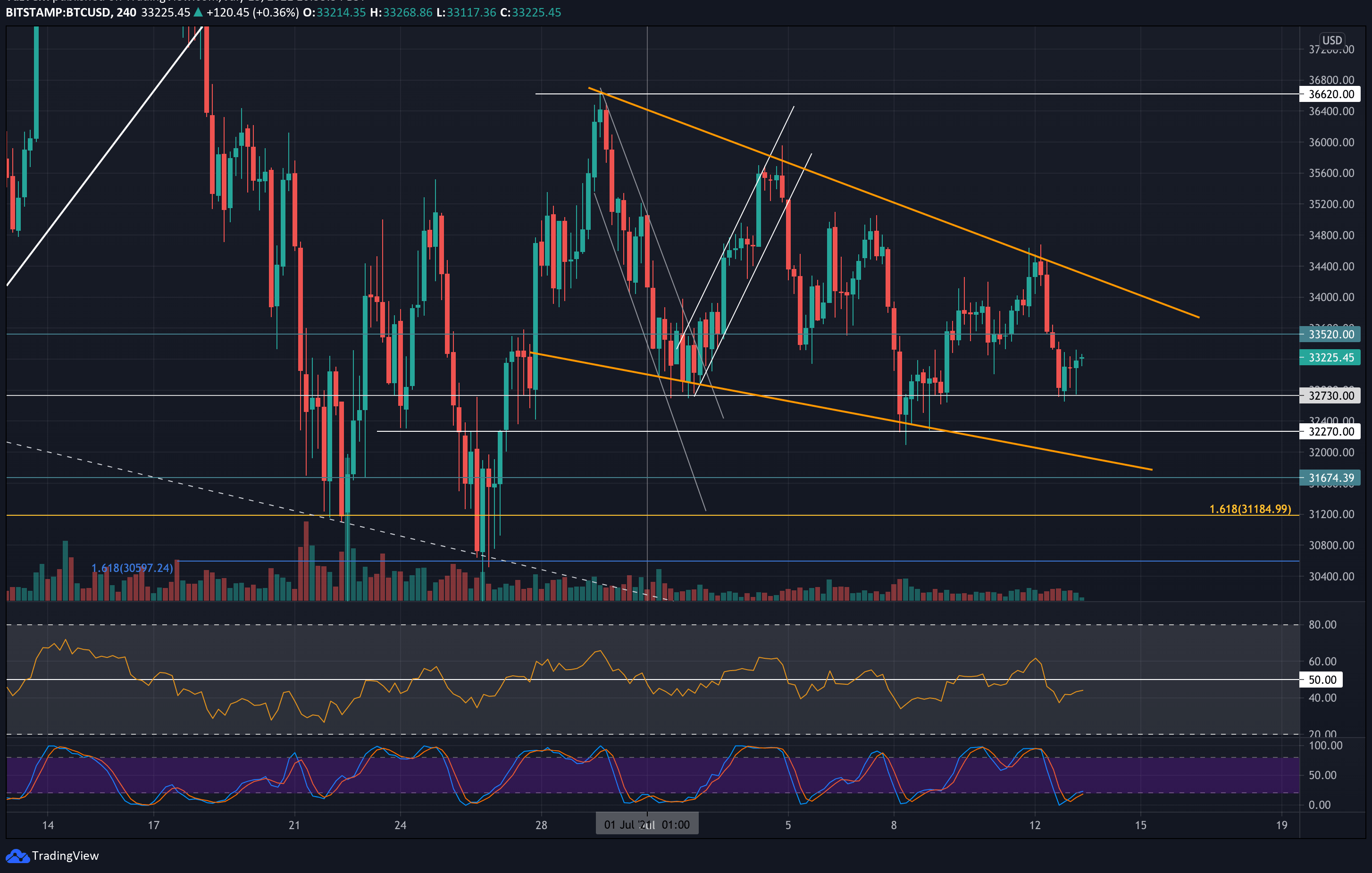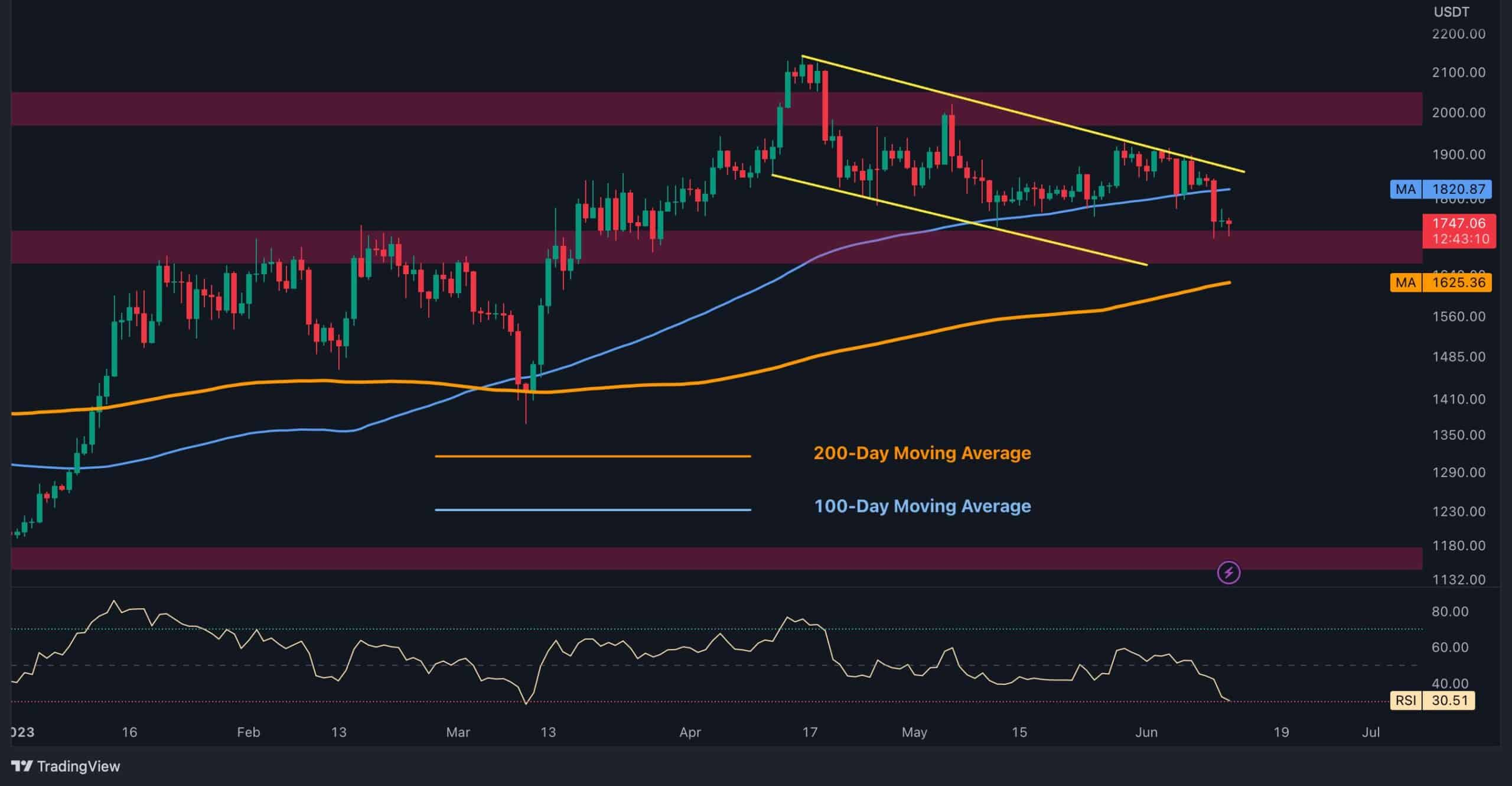
Blockchain scalability has been one of the most significant challenges in the crypto space. While blockchains like Bitcoin and Ethereum offer robust, secure, and decentralized networks, they often face limitations when it comes to transaction throughput. As the adoption of cryptocurrencies and decentralized applications (dApps) continues to rise, so does the demand for high-speed, low-cost transactions. This is where Layer 2 solutions come into play. In this post, we will dive into the technical workings of Layer 2 technologies and explore how they address these scalability issues, improve user experience, and offer new functionalities without sacrificing decentralization or security.
What are Layer 2 Solutions?
Layer 2 solutions refer to a variety of technologies built on top of a primary blockchain (Layer 1) to improve its scalability and transaction throughput. While Layer 1 blockchains like Bitcoin and Ethereum process transactions directly on their main chain, Layer 2 protocols offload most of the transaction processing onto separate networks or sidechains. By doing so, they reduce the strain on the main chain and enable faster and cheaper transactions.
The key benefit of Layer 2 solutions is that they don’t compromise the security or decentralization of the underlying blockchain. Instead, they enhance these features by creating additional layers that work in tandem with the main chain.
The Need for Layer 2 Solutions
For many blockchain networks, scalability has always been a trade-off between decentralization, security, and speed. Bitcoin, for instance, is secure and highly decentralized, but its block size is limited, and transaction throughput is capped at approximately 7 transactions per second (TPS). Ethereum, while more flexible with its ability to support smart contracts, suffers from high gas fees and network congestion, especially during times of heavy demand.
With the increasing adoption of decentralized finance (DeFi), non-fungible tokens (NFTs), and dApps, the demand for transaction scalability is pushing Layer 1 chains to their limits. This is where Layer 2 solutions come in. By offloading some of the transaction load from the main chain, they enable faster, cheaper, and more efficient transactions, making them ideal for DeFi protocols and large-scale applications.
Popular Layer 2 Solutions and How They Work
There are several Layer 2 technologies in the crypto space, each using different methods to scale transactions. Below, we explore some of the most prominent Layer 2 solutions:
1. The Lightning Network (Bitcoin)
The Lightning Network is one of the most well-known Layer 2 solutions, designed to scale Bitcoin. It allows users to create off-chain payment channels that are secured by the Bitcoin blockchain but do not require every transaction to be recorded on-chain. This method significantly reduces transaction costs and time, enabling microtransactions and real-time payments.
In the Lightning Network, users can open payment channels by locking up a certain amount of Bitcoin as collateral. Once the channel is open, users can make numerous transactions between each other without broadcasting every transaction to the Bitcoin network. Only when the channel is closed will the final state of the channel be recorded on the Bitcoin blockchain.
Key Features:
- Instant transactions: Payments can be processed instantly without the need for miners to verify them on the main blockchain.
- Lower fees: By not broadcasting every transaction on the Bitcoin network, users avoid high transaction fees.
- Scalability: The Lightning Network enables Bitcoin to process millions of transactions per second (TPS), much more than the Bitcoin blockchain alone.
2. Optimistic Rollups (Ethereum)
Optimistic Rollups are a type of Layer 2 scaling solution for Ethereum that significantly increases transaction throughput. These rollups work by processing transactions off-chain and submitting them back to the Ethereum mainnet in batches. Unlike traditional Ethereum transactions, Optimistic Rollups assume that the transactions are valid and only challenge them when discrepancies are found.
The term “optimistic” refers to the fact that these rollups assume all transactions are valid and optimistic, only triggering a fraud-proof mechanism if a transaction is disputed. This enables lower gas costs, increased throughput, and faster transaction finality compared to the base Ethereum layer.
Key Features:
- Reduced gas fees: Since transactions are processed off-chain, the cost of interacting with the Ethereum blockchain is significantly reduced.
- Scalability: Optimistic Rollups can increase Ethereum’s transaction throughput by orders of magnitude, with many implementations targeting upwards of 2,000 TPS.
- Fraud proofs: If a fraudulent transaction is detected, it can be contested, ensuring that bad actors are penalized.
3. zk-Rollups (Ethereum)
zk-Rollups (zero-knowledge rollups) are another form of Layer 2 scaling for Ethereum, and they offer a more cryptographically secure approach than Optimistic Rollups. Unlike Optimistic Rollups, which rely on fraud proofs, zk-Rollups use zero-knowledge proofs (ZKPs) to validate transactions off-chain before submitting them to the Ethereum mainnet.
With zk-Rollups, a single proof is generated to validate many transactions at once, reducing the amount of data that needs to be sent to the Ethereum chain. This makes zk-Rollups more efficient, as they can handle thousands of transactions per second (TPS) while maintaining the security and decentralization of the Ethereum blockchain.
Key Features:
- High security: zk-Rollups provide enhanced security using zero-knowledge proofs, ensuring that only valid transactions are included on the main chain.
- Scalability: zk-Rollups can significantly increase the scalability of Ethereum, supporting more than 2,000 TPS, with some estimates projecting up to 20,000 TPS.
- Lower costs: By reducing the data required for each transaction, zk-Rollups dramatically lower transaction fees compared to the Ethereum mainnet.
4. Plasma (Ethereum)
Plasma is another Layer 2 solution for Ethereum that seeks to increase transaction throughput by creating child chains that interact with the main Ethereum blockchain. Plasma allows dApps and smart contracts to operate on their own blockchains (child chains) while still maintaining the security of Ethereum’s mainnet.
Although Plasma was initially considered a promising solution, it has been largely overshadowed by newer solutions like Optimistic and zk-Rollups. Nevertheless, Plasma remains an important part of the Layer 2 landscape.
Key Features:
- Child chains: Plasma creates smaller child blockchains that are secured by the Ethereum mainnet, allowing for faster and cheaper transactions.
- Security: Child chains periodically submit proofs to the main Ethereum blockchain, ensuring that they are secure and tamper-resistant.
- Scalability: Plasma aims to scale Ethereum by enabling faster, off-chain transactions, though it has challenges around finality and user experience.
Conclusion
Layer 2 solutions represent a critical development in the blockchain space, enabling the scalability needed to support widespread adoption of cryptocurrencies and decentralized applications. Technologies like the Lightning Network, Optimistic Rollups, and zk-Rollups provide the scalability, low fees, and fast transaction speeds that are essential for the growth of blockchain ecosystems. However, as with any emerging technology, there are still challenges to address, particularly concerning security and centralization.
As blockchain networks continue to grow, Layer 2 solutions will play an increasingly important role in ensuring that the infrastructure can handle the demands of a global, decentralized economy.



